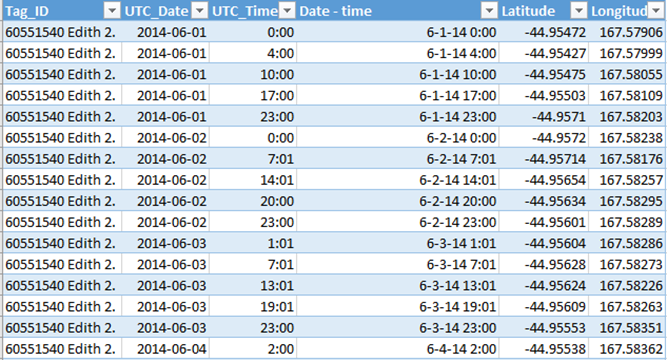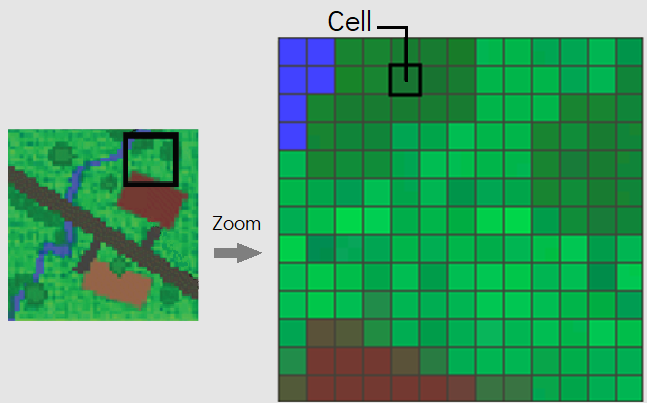A very spatial software session
Meg Miller - GIS & Data Visualization Librarian
workspace: bit.ly/uml_agol
Outline
- What is GIS?
- Considerations fif you are undertaking a GIS project
- Data Visualization and Campus Libraries
- ArcGIS Online (workshop)
What is GIS?
Geographic Information System
Any system used to analyze, capture or work with geospatial data.
1. What data types are used in GIS
Data Types: Tabular

Data Types: Vector (point, line, polygon)

Data Types: Raster

Data Types: Service/ Dynamic connection
2. Then what is HGIS (or any other subject specific acronym)
"GIS enabled historical consciousness"
Sasha Mullally- UNB History Dept.
Popular processes:
- Digitization of historical maps/images
- Reconstruction of features from the past
- Georeferencing microdata
- Analyzing microdata to show trends and patterns.
Considerations:
3. How can Libraries support me
Library Support:
Librarian Support
Subject Guides
Training opportunities
Key Points:
- Your expertise - be kind to your future self
- Purpose - exploratory vs. explanatory
- Audience - expertise, mediation
- Data requirements - size, residency, privacy...
Hands-on: Exploring ArcGIS Online
Questions
meg.miller@umanitoba.ca
workspace: bit.ly/uml_agol